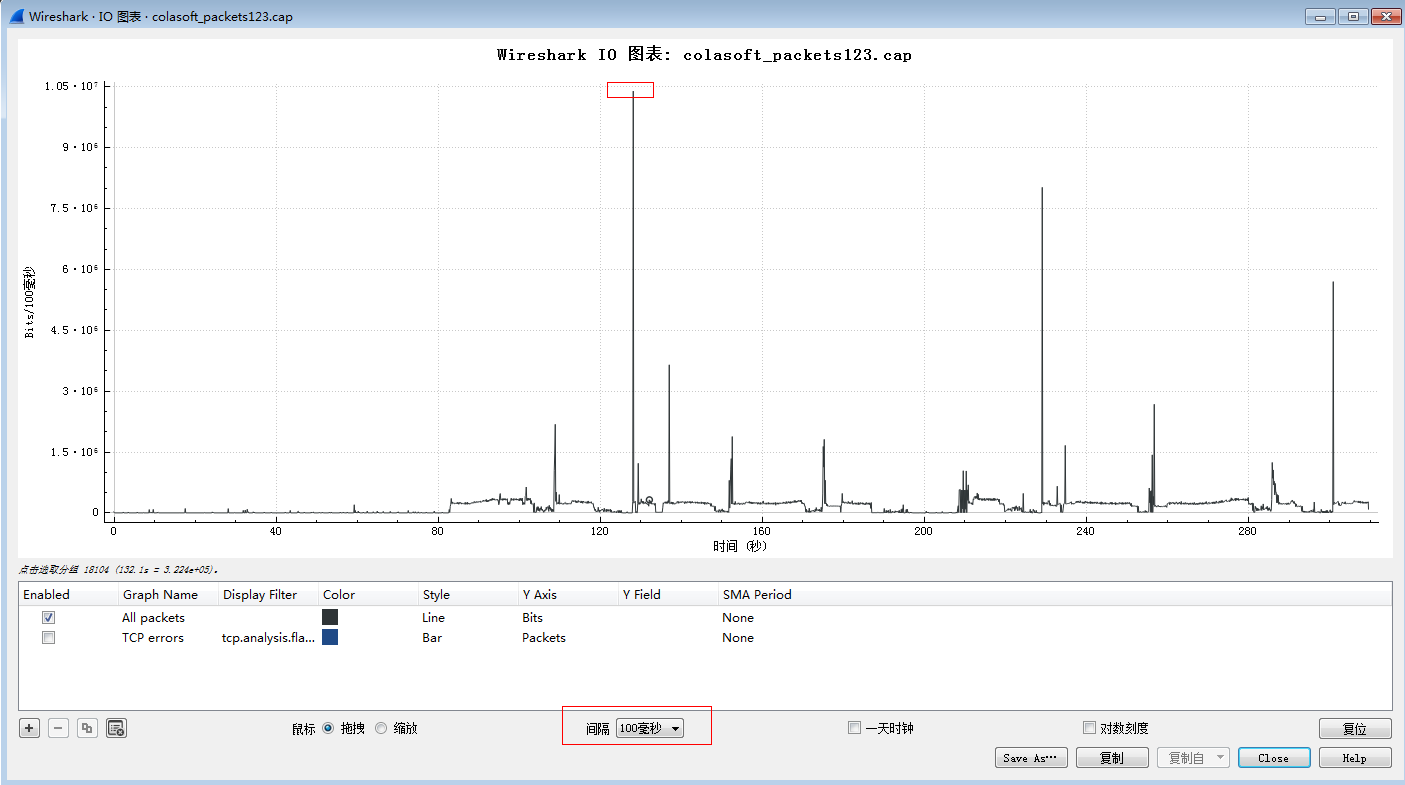


Problem Description
XXX clearing organization connects the branch offices of various provinces and cities access router NE40E-X3A in the interface connecting the branch offices according to the customer's original network, using user-queue and flow-queue to do HQos, packet loss occurs branch office link bandwidth of 40Mbit/S, according to the feedback of the network management platform at that time the total traffic bandwidth of 10M or less, the setting of the AF3 queue bandwidth According to the feedback from the network management platform, the total bandwidth was within 10M, and the bandwidth of the AF3 queue was set to 90% of the remaining bandwidth, but packet loss occurred.
Alarm Information
The alarm information on the customer's network management platform is as follows: port Qos packet loss, total_drops value is 78, exceeding the threshold value of 50.
Processing
1. Check the interface user-queue statistics: (to confirm the existence of packet loss)
[af3]
Pass: 833,411,031 packets, 242,451,663,133 bytes
Discard: 848 packets, 1,104,878 bytes
Last 5 minutes pass rate:
238 pps, 501,816 bps
Last 5 minutes discard rate:
0 pps, 0 bps
buffer size: 800 kbytes
used buffer size: 0 kbytes
2. Check the configuration:
View the configuration of the interface and find that there is a speed limit configuration under the interface:
#
interface GigabitEthernet2/0/1.206
......
user-queue cir 40960 pir 40960flow-queue FGS2 outbound
#flow-queue FGS2 outbound
flow-queue FGS2 configuration:
#flow-queue FGS2 outbound
flow-queue FGS2 configuration:# flow-queue FGS2
queue af3 wfq weight 90 --- wfq scheduling priority lower than pq scheduling
queue af4 pq shaping 3000
queue ef pq shaping 100
#
3. view network management software will be granularity adjusted to 10S: (found that the overall traffic is not large, the highest place is only about 10M, but you can see that there are obvious fluctuations)

4. will occur at the time point of packet loss access router into the interface traffic copy out using traffic software to analyze. (Microbursts were found to exist)
When the unit of 100MS, the traffic waveform is shown below, the maximum rate of instantaneous traffic burst is 1.05e7/0.1s = 105Mbps

5. confirm the cache size, (through the calculation found that when micro-bursts occur in the AF3 queue, the traffic exceeds the interface bandwidth and cache, resulting in packet loss)
[af3]
used buffer size: 0 kbytes
used buffer size: 0 kbytes
Root Cause
The branch office access router connected to the branch office interface outbound direction message burst, instantaneous traffic exceeds the interface speed limit value, resulting in low-priority AF3 queue messages exceeding the queue cache, and the messages cannot be scheduled in time and are discarded.
Solution
Enlarge the queue cache of the sub-interface af3 queue to enable the device to cache more messages during traffic bursts and reduce or eliminate packet loss;
The command line is as follows:
flow-wred 1 (1 is the name and can be changed to another name)
Queue-depth 4000 (adjusted queue cache size)
Flow-queue FGS2
Queue af3 wfg weight 90 flow-wred 1
Recommendations and Summary
When configuring Qos on low-speed links that are prone to microbursts, you can adjust the size of the interface queue cache according to the customer's demand for delay. This reduces packet loss caused by bursts.
 Hot Tags :
network
HUAWEI
switches
Hot Tags :
network
HUAWEI
switches
Register Email now for Weekly Promotion Stock
100% free, Unsubscribe any time!
Add 1: Room 605 6/F FA YUEN Commercial Building, 75-77 FA YUEN Street, Mongkok KL, HongKong Add 2: Room 405, Building E, MeiDu Building, Gong Shu District, Hangzhou City, Zhejiang Province, China
Whatsapp/Tel: +8618057156223 Tel: 0086 571 86729517 Tel in HK: 00852 66181601
Email: [email protected]
 English
English Pусский
Pусский Français
Français Español
Español Português
Português